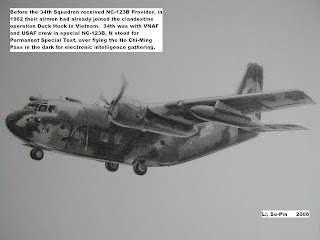The historical similarities between the RCAF and CAF were many and significant in WWII, then the Canadians and Chinese had worked together in common cause. An addition to the library of aviation enthusiasts, this block features the Canadian classical Chance-Vought Corsair IV, Hawker Hurricane I, Supermarine Spitfire VB; their heritage are followed by today’s Sikorsky CH-124 Sea King, CH-148 Cyclone, and more.
9 Aug 1945, days before atomic bombs brought the WWII to a sudden end, the 1841 Sqn’s Corsairs from carrier Formidable attacked Shiogama harbor. Volunteer Reserve pilot Lt. Robert Hampton Gray was hit by Japanese flak but pressed on his target, sinking this destroyer with a 1,000 pounder but crashing into the bay. Awarded posthumously Canada's last Victoria Cross, Lt. Grey became the final Canadian casualty to resist the murderous Great Eastern Asia Co-Prosperity Sphere. Ironically, in 2006 Japanese built a Lt. Grey memorial by the Shiogama Bay, amid the Japan Self-Defense Forces’ “regularization”, and their postwar Peace Constitution sneaks back to Imperial Constitution.
As long as there have been Japanese, there have been Yamato Expansionism, which is currently reflected at the Diaoyu Islands (釣魚台) in the East China Sea. These islands were administered as part of the Chinese territory from the 14th century, followed by the Japanese occupation in 1895-1945. Even in the 1876 Total Japanese Map issued by the Imperial Japanese Army, none of Okinawa (Ryukyu) Island and Senkaku (Diaoyu) Island ever existed. In 1945-72 the US oversaw them under the United States Civil Administration of the Ryukyu Islands. Planting a time bomb for a future China-Nippon territory dispute, the US reverted the islands to Japanese control under the "Okinawa Reversion Treaty". As planned, this ticking bomb explodes ferociously in 2012, to placate US demands for her global administrator, while Japan badly needs Diaoyu to justify its reviving militarism.


















































